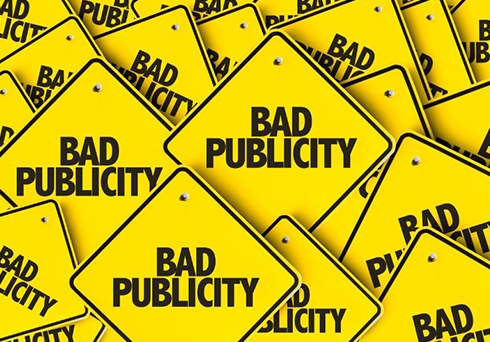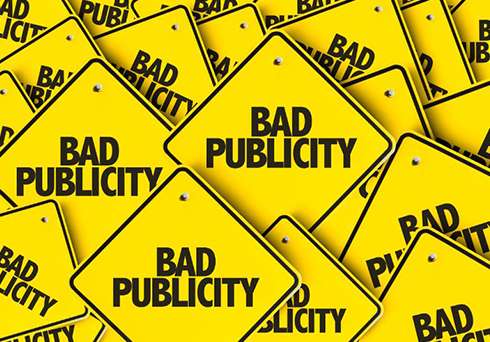
 PR disasters happen. But all too often, companies seem to make matters worse. One could be forgiven for thinking that the rules of crisis management have been clearly forgotten—or at best mislaid.
PR disasters happen. But all too often, companies seem to make matters worse. One could be forgiven for thinking that the rules of crisis management have been clearly forgotten—or at best mislaid.
Is this true? Or is it that the rules of brand management have sneakily and inextricably changed?
It’s true some brands have been their own worst enemy, and through negligence or sheer incompetence have created an incident and then, by poor handling of the situation, literally poured kerosene onto the flames turning a spark into a wildfire. Leaving the rest of us wondering “what on earth were you thinking?!”
“A lot of people are sometimes too slow to act, or they could think they’re making too much of this too soon,” Jennifer Risi, Worldwide Chief Communications Officer and Managing Director of Ogilvy Media Influence. “But it’s better to be safe than sorry, better to be proactive and really get ahead of what’s going on, as opposed to letting the issue drive the news.”
The world has changed and with it so have the rules of brand management. Dealing with a PR crisis has always been tricky. But today it’s even more complicated.
Social media has radically changed the way a brand crisis can develop and escalate. We live in a world where…
1.virtually everyone has a camera in their pocket and the ability to broadcast what they’ve witnessed to the entire world, as well as respond to others in the heat of the moment.
2.anger has been proven to be the emotion that spreads the most easily over social media and is becoming increasingly vitriolic and sanctimonious.
videos go viral on social media in a matter of minutes.
3.every 60 seconds, there are 448.800 tweets, 29 million Whatsapp messages, 3.3 million Facebook posts and 500 hours of YouTube video*
4.28% of brand crises spread internationally within one hour and 69% spread to an average of 11 countries within 24 hours**.
There are a number of simple rules that brands would do well to observe in order to both survive and to limit short and long term brand damage, both in the prevention stage and after a crisis has become a reality:
Prevention is better than cure
1.Do everything to avoid a crisis in the first place. It sounds obvious, but do you have straightforward processes in place for checking content before it’s sent out? These can be as simple as sense checking and asking yourself what your reaction would be if your biggest competitor launched the same campaign. No one is asking you to play it safe, but they are expecting you to apply a bit of common sense or at least an understanding of your actual audience.
2.Have a crisis management plan in place. Having a plan will enable you to understand when you need to respond and to be able to respond quickly, preventing it from getting out of control. Test the plan before a crisis hits so everyone involved knows that it will actually work.
3.Monitor social media. Social media monitoring will give you a heads up to any emerging potential threats, enabling you to respond quickly.
Handling a crisis
4.Act fast. Use the real-time nature of social media to your advantage. Immediately acknowledge the situation. Issue a simple message and let people know more information is coming. This will give you some time to craft a response and find out what on earth happened. No one likes to be ignored, especially when they’re angry. Responding quickly could prevent an issue from spiralling out of control or at least protesters from smashing up a store!
5.Own your mistake. Be honest and tell the truth. Accept responsibility. It’s no longer sufficient to simply say “we’re sorry how you feel”. Be genuine, empathise with those impacted and apologise.
6.Don’t blame your customers, ever. Let people have their say and listen carefully to what they’re actually saying. Whatever you do show restraint, choose your words carefully, don’t argue, make excuses or try and justify yourself with logic and facts— that’s a red rag to the emotionally charged bull!
7.Keep the public updated. Be transparent. Find out the facts and explain what you’re doing to stop a repeat and what you’re doing to clear up the mess.
8.Make amends. Actions speak louder than words.
Unless you’re extremely lucky or you play it real safe, at some point in our 24/7 environment you’ll likely be involved in a PR crisis. This I’m afraid is a fact of life in the world we now live in. What will matter the most is how you respond and the actions you take. This will determine whether your brand is left with a tarnished reputation or bounces back even stronger.
